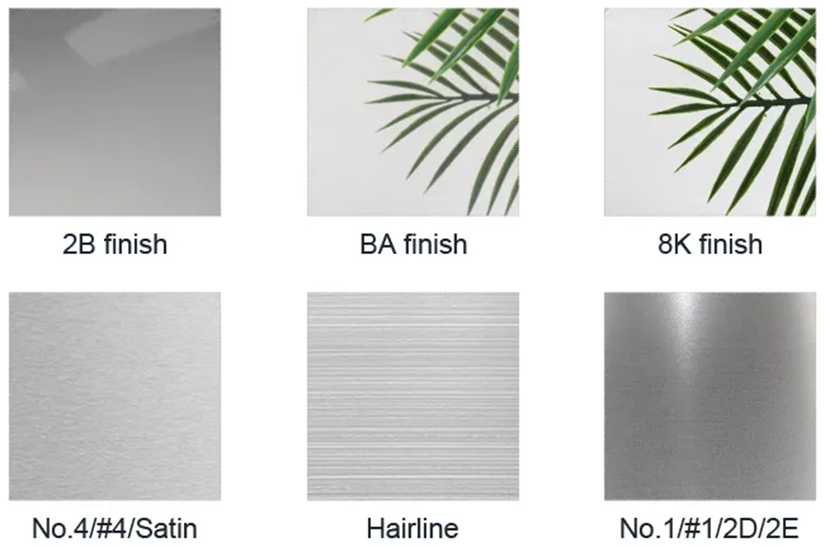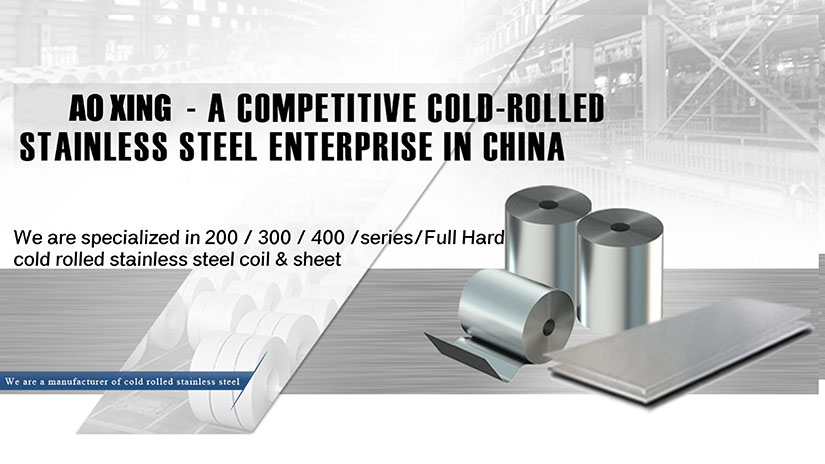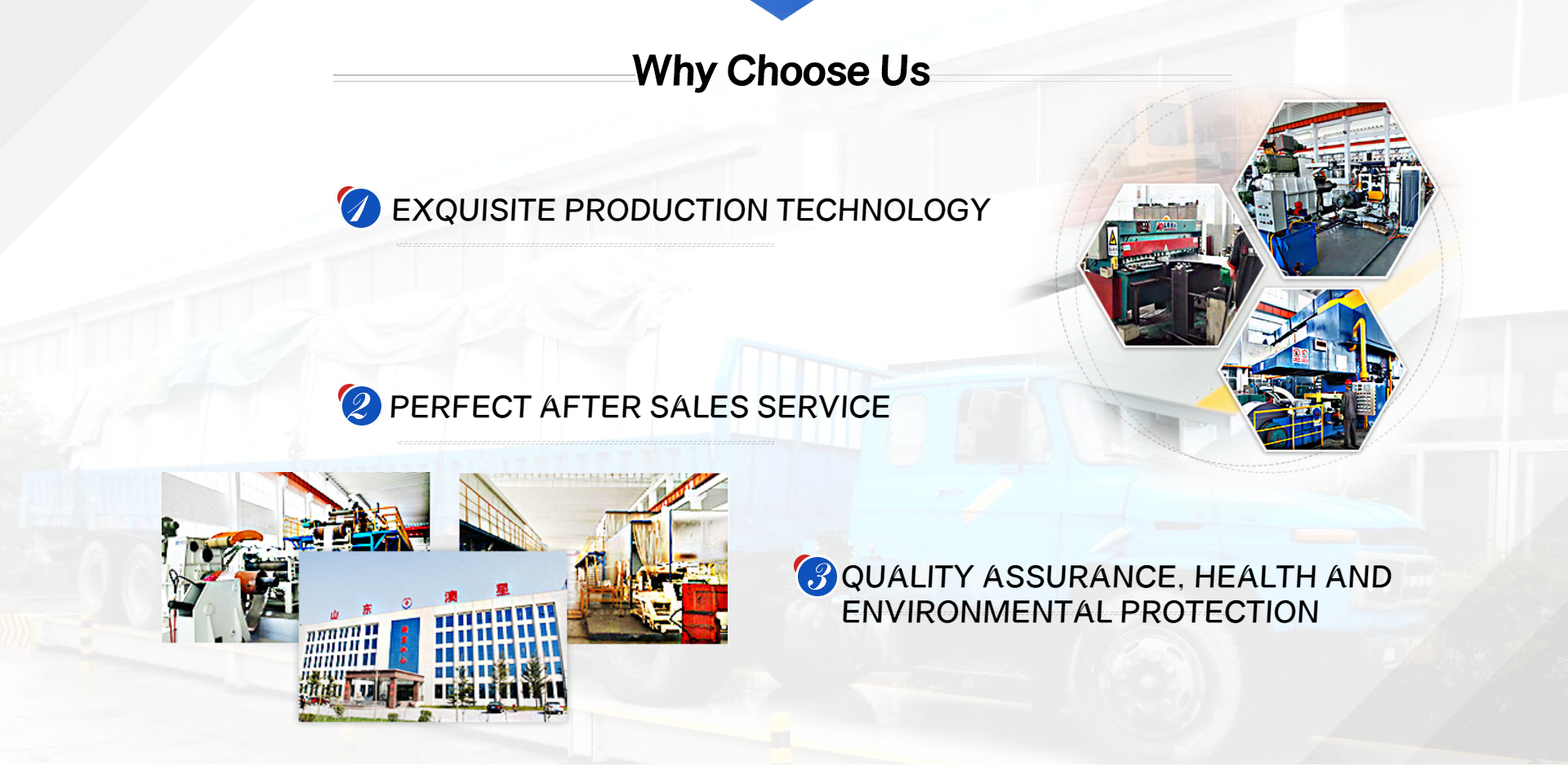316L Stainless Steel Sheet
What is 316L Stainless Steel Sheet?

The 316L stainless steel sheet, known for its exceptional durability and corrosion resistance, is a preferred choice in a wide range of environments, particularly in marine applications. With a higher nickel content than its 304 counterpart, 316L offers improved corrosion resistance, especially in chloride environments where its resistance to pitting and crevice corrosion is particularly noteworthy. This grade not only excels in mechanical properties at both room and sub-zero temperatures but also maintains good high-temperature strength, making it versatile across various applications.
Sourced from reputable steel mills like TISCO, Baosteel, our 316L stainless steel sheets are available in various sizes, finishes, and custom lengths to meet the specific requirements of our clients. Renowned for its tensile, creep, and stress rupture strength, 316L stainless steel is also noted for its excellent welding and forming capabilities. This makes it not just the most utilized stainless steel grade but also a standard in industries looking for materials that combine durability with performance in challenging conditions.
Features of 316L Stainless Steel Sheet
The 316L stainless steel sheet is distinguished by its superior corrosion and heat resistance, making it an ideal choice for a multitude of applications, especially in marine environments. Compared to the 304 variant, 316L exhibits greater resilience in diverse atmospheric and corrosive conditions, including higher chloride concentrations. However, it may show susceptibility to pitting in chlorinated environments and stress corrosion cracking at elevated temperatures above 60°C. Notably effective against potable water with chloride levels up to 1000 mg/L at ambient temperatures, its efficacy is reduced to 500 mg/L at 60°C. While standard in marine applications, warm seawater might cause surface staining.
Offering commendable oxidation resistance, 316L performs well up to 870°C for intermittent usage and 925°C for continuous exposure. It is recommended to avoid use between 425-860°C, particularly where corrosion resistance in water is crucial, due to potential corrosion concerns. 316L stands out in high-temperature environments with its superior resistance to carbide precipitation compared to its counterparts.
In terms of heat treatment, solution annealing is achievable by heating to 1010-1120°C and then quickly cooling, without susceptibility to hardening through thermal treatment. The grade is celebrated for its weldability using standard techniques, with 316 requiring post-weld annealing for optimal corrosion resistance, a step often unnecessary for 316L.
Machining of 316L should be approached cautiously to avoid work hardening, facilitated by its lower carbon content compared to 316, making it relatively easier to machine. It is adept for hot working within 1150-1260°C and amenable to most cold working methods, with post-work annealing advised to ensure maximum corrosion resistance and relieve internal stresses. Designed to resist hardening from heat treatment, 316L maintains its mechanical properties and structural integrity across various conditions, underscoring its adaptability and reliability for demanding applications.
316L Stainless Steel Chemical Composition & Technical Data Sheet
316L Stainless Steel Standards Comparison
| STS | USA | UNS | CHINA | EURONORM | RUSSIA | SWEDISH | JAPANESE | |
| GRADE | AISI/ASTM | NO | GB | NO | NAME | GOST | SS | JIS |
| 316L | 316L | S31603 | 00Cr17Ni14Mo2 | 1.4404 | X2CrNiMo17-12-2 | 03X17H14M3 | 2348 | SUS 316L |
316L Stainless Steel Chemical Composition
| Grade | Standard | Chemical Composition(%) | ||||||||
| C | Si | Mn | P | S | Cr | Ni | Mo | N | ||
| 316L | ASTM A240 | ≤0.03 | ≤0.75 | ≤2.00 | ≤0.045 | ≤0.030 | 16.00~18.00 | 10.00~14.00 | 2.00-3.00 | ≤0.10 |
316L Stainless Steel Mechanical Properties
| Grade | EN Grade | Tensile Test | Hardness Test | ||
| 0.2% Y.S(Mpa) | T.S(Mpa) | Elongation(%) | HRB | ||
| 316L | 1.4404 | ≥170 | ≥485 | ≥40% | ≤HRB 95 |
316L Stainless Steel Finish & Application

The 316L stainless steel sheet is celebrated for its exceptional corrosion resistance, particularly in chloride-rich environments, making it a highly versatile material suitable for a wide array of applications across different sectors. Its robustness against salt and other corrosive agents renders it ideal for use in the food preparation industry, pharmaceutical manufacturing, marine hardware, architectural elements, and even medical devices such as surgical implants, due to its biocompatibility.
Beyond its practical applications, the 316L grade also excels in aesthetic versatility. It is available in various finishes, including the smooth, refined matte of the 2B finish, which serves as an excellent base for additional surface treatments. Techniques such as mirror polishing, brush sanding, and advanced decorative finishes like PVD coating, etching, and embossing can further enhance its appearance, making 316L sheets a preferred choice for architectural accents and consumer appliances where both durability and design are key considerations.
This stainless steel grade's adaptability is not just limited to its corrosion resistance and aesthetic appeal but also includes its mechanical properties. The cold rolling process it undergoes significantly improves its strength and formability, enabling precise fabrication for detailed projects. From the intricacies of pharmaceutical equipment and food processing machinery to the demanding conditions of marine environments and the detailed work required in architectural designs, 316L stainless steel sheets provide a reliable foundation for durable, secure, and visually appealing applications.
316L Stainless Steel Sheet Package & Loading Details
At Aoxing, as a premier provider of 316L stainless steel sheets, our dedication extends to the excellence of our packaging and shipping practices, developed from years of export experience. We are well-versed in the standards required for export packaging and take additional steps to reinforce our products within the container, ensuring they withstand the rigors of transportation without damage.
Our 316L stainless steel sheets are individually wrapped in robust, water-resistant materials to guard against environmental elements. To ensure the sheets remain immobile and maintain their pristine condition during transit, we employ strategic bracing within the container. This methodical approach to packaging guarantees that your stainless steel sheets arrive in perfect condition, ready for your project needs.




WHY CHOOSE US?

We are the cold-rolled stainless steel coil production base in China with 200,000 tons capacity annually.
1. Guaranteed Stock Availability: Experiencing stock shortages during crucial times can hinder your projects. Our robust inventory management ensures a consistent supply, ready to dispatch large quantities swiftly, keeping your operations smooth and uninterrupted.
2. Comprehensive Range of Specifications: Finding the exact stainless steel coil specifications can be challenging. We offer a diverse range of specs, ensuring you find precisely what your project demands, with the assurance of our commitment to meeting your specific needs.
3. Customized Material Processing: Custom processing needs can be demanding. Our advanced facilities provide tailored solutions, from precise dimension alterations to specific finish treatments, ensuring your requirements are met with utmost precision.
4. Accurate Shearing Services: Precision is key in stainless steel utilization, and our expert shearing services guarantee exactness in every cut, aligning perfectly with your specifications and quality expectations.
5. Cost-effectiveness is crucial in supplier selection. Our optimized procurement and cost-efficient processes ensure you receive not just premium-quality products but also the best prices, offering exceptional value for your investment.


316L Stainless Steel Sheet FAQ
1. Can you provide custom 316L stainless steel sheet?
Absolutely, we tailor 316L stainless steel sheet to your needs, like cut-to-size service, ensuring your specifications for thickness, width, thickness and finishes are met.
2. What's the delivery timeline?
Quick delivery for trial orders within a week, while regular orders range from 7-30 days.
3. How do you guarantee your 316L stainless steel sheet quality?
Our 316L stainless steel sheets undergo rigorous inspections during manufacturing, cutting, and packaging to ensure the highest quality. And 316L mill test certificate is also provided.
4. Can I get some 316L ss samples?
We can provide 316L ss samples for you to check the quality. Sample is free and you just pay the freight.
5. What is the difference between 316L vs 904L stainless steel?
316L and 904L stainless steel both exhibit excellent corrosion resistance and durability, yet they vary significantly in their composition, cost, and application suitability.
904L stainless steel is enriched with a higher concentration of nickel, molybdenum, copper, and nitrogen than 316L, making it more expensive. However, this enhanced composition provides superior corrosion resistance and greater tolerance to high temperatures, ideal for challenging environments such as chemical processing and oil refinery applications.
Conversely, 316L stainless steel is known for its broad utility and exceptional weldability, catering to diverse applications ranging from food processing equipment to marine hardware. While it stands up well against corrosion and adverse conditions, 904L is superior in scenarios with extremely corrosive elements.
The decision between 316L and 904L stainless steel often hinges on specific application requirements and budget constraints. 904L, despite its higher cost and more complex weldability, is favored for its advanced performance in severe corrosive conditions. In contrast, 316L is widely chosen for its versatility and cost-efficiency, suitable for a wide array of standard applications.
6. What is the difference between 316L vs 316 stainless steel?
316L and 316 stainless steel grades are both recognized for their excellent marine-grade properties, but they differ mainly in their carbon content, which significantly influences their specific applications and performance.
316L stainless steel is characterized by its low carbon content, limited to a maximum of 0.03%. This low carbon level reduces the risk of carbon precipitation during welding, thereby enhancing its weldability and increasing its resistance to intergranular corrosion. It's particularly advantageous for applications requiring extensive welding or exposure to corrosive environments after welding.
On the other hand, 316 stainless steel contains a higher carbon content along with 2% to 3% molybdenum, which contributes to its enhanced strength and resistance to chloride corrosion, making it suitable for use in acidic or high-temperature environments where welding is not a primary concern.
Corrosion Resistance:
316L is the preferred choice in highly corrosive environments or for processes involving high temperatures due to its excellent resistance to intergranular corrosion, which ensures the integrity of weld areas.
Cost Considerations:
Despite their compositional differences, both 316 and 316L stainless steels are generally similar in price, allowing the choice between them to be based more on performance requirements than cost.
The selection between 316L and 316 stainless steel generally hinges on the specific demands of the application, particularly concerning welding needs and exposure to corrosive elements.
7. What is the ss 316 sheet price?
Usually the ss 316 sheet price of 1.00mm 4ft*8ft is approximately 80 US dollars/ton. The actual price will fluctuate based on exchange rates, market conditions, etc. For details, please contact us for a quote.
8. How to choose a 316L stainless steel supplier?
Selecting a supplier for 316L stainless steel sheets involves a series of steps to ensure quality and reliability:
Research Suppliers: Utilize online resources to identify reputable suppliers specializing in stainless steel, focusing on those with a strong industry presence and positive reviews.
Engage with Suppliers: Contact the suppliers to discuss their 316L stainless steel sheets offerings, including specifications, pricing, and availability. Consider requesting samples for quality assessment.
Assess Credibility: Evaluate the suppliers' credibility by reviewing their business credentials, certifications, and customer feedback, ensuring they adhere to industry standards and best practices.
Compare Quotations: Solicit and compare quotes from various suppliers, clarifying your specific needs such as quantity, specifications, and delivery details to make an informed decision.
Verify Quality Assurance: Investigate the suppliers' quality control processes and request relevant test reports or certifications to confirm the coils meet your required standards.
Negotiate Terms: Discuss and negotiate key terms, including pricing, delivery, and payment conditions, ensuring they align with your requirements.
Order Placement: Finalize the purchase by confirming the order details, such as the coil specifications, quantities, and agreed terms.
Arrange Payment: Agree on a secure payment method that suits both parties, ensuring all financial terms are clear and documented.
Coordinate Shipping: Organize the logistics, including packaging, shipping, and customs clearance, to ensure the coils are delivered as expected.
Inspect Upon Arrival: Upon receiving the coils, inspect the shipment for quality and accuracy, addressing any discrepancies with the supplier immediately.





